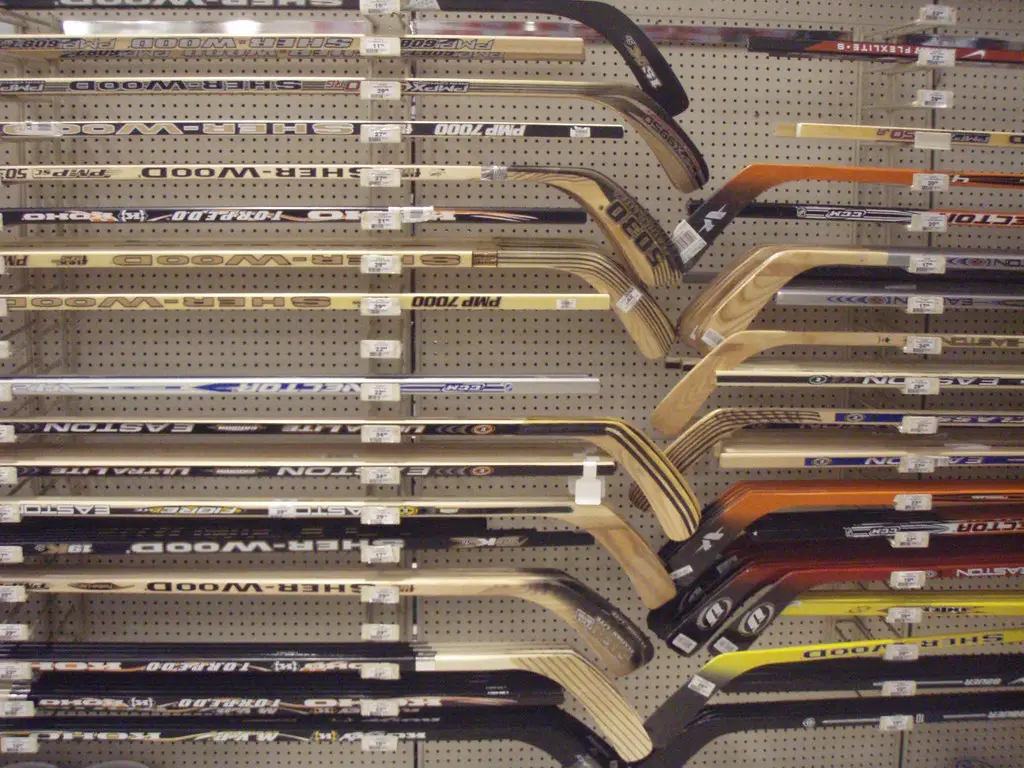Thermal Management in Composite Hockey Sticks: Enhancing Performance and Durability
Hockey is a game of split-second decisions and incredible physical demands, with each piece of equipment playing a vital role in the player’s performance. One piece integral to the modern game is the composite hockey stick – a technological marvel in sports equipment. But beneath its sleek finish and design lie layers of composite materials that require precise thermal management for it to truly shine on the ice. In this comprehensive post, we’ll take a deep dive into the importance of thermal management in composite hockey sticks and how it can make or break a player’s experience.
Understanding Composite Materials in Hockey Sticks
The omnipresence of composite materials in modern sports equipment is no coincidence. These materials, comprising a blend of carbon fiber, fiberglass, kevlar, and resin, are incredibly strong, lightweight, and provide a high degree of flexibility that cannot be achieved with traditional wooden sticks. They have revolutionized the game by offering players greater control, faster shots, and improved accuracy.

However, the performance of these materials is highly sensitive to temperature changes, which is where thermal management comes into play. The cooling and heating processes during manufacturing significantly influence the composite’s mechanical properties, such as tensile strength, modulus of elasticity, and impact resistance.
Importance of Thermal Management in Enhancing Performance and Durability
The manufacturing process for composite hockey sticks involves curing the material, a crucial step that determines the stick’s final properties. The temperature and ramp rates during curing influence the crystallinity and microstructure of the resin, directly affecting the stick’s performance. Optimal thermal management results in a stick with superior ability to store and release energy, enabling players to produce powerful and accurate shots.
Furthermore, regulated curing temperatures affect the stick’s consistency, ensuring that the device does not soften or become too rigid under extreme playing conditions, which could lead to performance inconsistencies or even failure.
Benefits of Effective Thermal Management
An effectively managed thermal process not only ensures the stick meets performance standards but also offers several benefits to the hockey player:
Increased Strength and Flexibility
By optimizing the curing process, manufacturers can tailor the stick’s strength to specific areas, such as the blade or the shaft, as well as modulate the stick’s overall flex profile. This precision results in a stick that can bear higher loads and is less prone to breakage.
Improved Energy Transfer
A stick that has its internal thermal management finely tuned can transfer kinetic energy from the player’s body to the puck with minimal loss. This translates to harder shots, quicker passes, and an overall improvement in game performance.
Enhanced Durability and Longevity
Proper temperature control ensures that the resin cures evenly across the entire stick, reducing the likelihood of air pockets or voids within the material. This leads to a more durable stick that can sustain the rough and tumble of the game without compromising on performance.
Innovations in Thermal Management Technologies
Modern hockey stick manufacturers are continually pushing the envelope, employing state-of-the-art technology to enhance the thermal management of their products. Some of the cutting-edge techniques include:
Precision Ovens
These specialized ovens maintain tight temperature controls and heat distribution to ensure the stick’s resin cures uniformly. This level of precision is crucial in achieving a consistent playing experience across all manufactured sticks.
Autoclave Curing
Autoclave curing subjects the stick to high pressures and high temperatures under vacuum conditions, producing a tightly compacted and void-free stick with superior mechanical properties.
In-Mold Curing
This technique involves curing the stick within the mold itself, creating a shape-retained stick with the added benefit of being able to incorporate varying wall thicknesses during the shaping stage.
Such technologies grant manufacturers the ability to craft sticks with unparalleled precision and consistency, benefiting the players who rely on them for their performance.
Practical Applications for Hockey Players
The impact of thermal management on hockey sticks can be felt in every pass, shot, and hit. For hockey players, understanding how thermal management influences their equipment is crucial for maintaining an edge on the ice:
How Thermal Management Affects Gameplay

A stick’s response to temperature can alter game dynamics drastically. In cold arenas, a poorly managed stick may feel rigid and less responsive, sapping the player’s speed and agility. In contrast, a well-optimized stick maintains its operational flexibility and strength, ensuring players can adapt to changing game conditions with confidence.
Tips for Selecting the Right Hockey Stick
Players should look for information on a stick’s thermal management features when making a purchase. Sticks with advanced thermal management will likely highlight this in their product descriptions, as it’s a critical selling point. Additionally, seeking brands known for their commitment to research and development in stick design and manufacturing can lead to better-informed purchasing decisions.
Finally, taking care of the stick by storing it at the appropriate temperature and avoiding extreme heat or cold can significantly extend its lifespan and consistent performance on the ice.
Conclusion
In competitive hockey, the margin between victory and defeat is often razor-thin. Composite hockey sticks are not just tools; they are extensions of the player, fundamental to their success. Understanding and appreciating the meticulous thermal management processes that go into their creation gives players a new perspective on their equipment and its role in their performance.
By staying informed about the technology behind composite hockey sticks, players can make wiser choices when investing in their gear, leading to a more enjoyable, reliable, and high-performing experience on the ice. The next time you grip your composite stick, remember the intricate process that went into creating it and the edges it gives you when the game is on the line.





